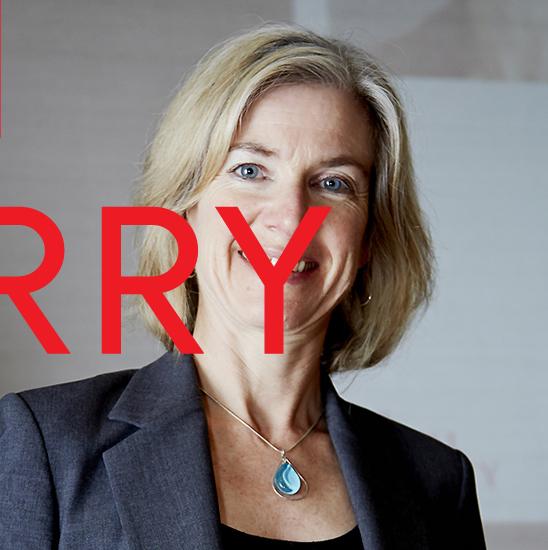American biochemist Jennifer Doudna has been awarded the 2020 Nobel Prize For chemistry along with French scientist Emmanuelle Charpentier. The duo received a cash prize of 10 million kronor ( more than $1 million) for their exemplary work on CRISPR-Cas9, a unique technology that was a major breakthrough in the history of biomedicine. This process is used for genome manipulation that has helped geneticists and medical researchers to edit parts of genes. This can be done in several organisms including human beings.
Here is what you need to know about the Nobel winning Woman Jennifer Doudna.
Who is Jennifer Doudna?
Jennifer Doudna was born February 19, 1964, in Washington D.C. While in high school, she was inspired by her chemistry teacher and a guest lecturer who talked about cancer cells. After she completed her high school in 1981, she entered Pomona College in Claremont California with Biochemistry as her major. She considered switching to French as she questioned her ability to pursue science as her career. But her French teacher asked her to stick with Science. Her Chemistry Professors at the college, Fred Grisman and Corwin Hansch, deeply influenced her.
In 1985, she earned her Bachelor of Arts in Biochemistry. She joined Harvard Medical School for her doctoral study. She earned a PhD in Biological Chemistry and Molecular Pharmacology in 1989. She pursued her research in molecular biology at the Massachusetts General Hospital and in genetics at Harvard Medical school.
Jennifer Doudna Research and Career
Doudna’s earlier research was primarily focused on ribozyme structure and function. She conducted exclusive studies on engineering ribozymes and getting to know their underlying mechanisms. But she realised that further studies were not possible if she did not get a three-dimensional structure of the ribozyme. Hence, she went to the University of Colorado to get this. She completed this project between 1991 and 1996. In the meantime, she had joined the University of Yale as an assistant professor in Molecular Biophysics and Biochemistry.
At Yale, her research centred around X-diffraction based structure of the active site of ribozyme at Yale. Doudna along with teammates was able to develop the 3D structure of the core of Tetrahymena Group 1 ribozyme. But studies became difficult as they entered the depth of it. Jamie Catie, her then-teammate and now husband helped her solve the process.
In 2000, Doudna was promoted as the Professor of Molecular Biophysics and Biochemistry at Yale. CRISPR-Cas9 genetic manipulation breakthrough
CRISPR-Cas 9 was one exemplary work conducted by Doudna and her squad. This methodology discovered the potential to reduce time and work while editing DNA in organisms. CRISPR is a Streptococcus bacteria and Ca9 is the protein found in this. This protein prevents the attack of viruses in this bacteria. Doudna realised that this could solve several health conditions like sickle cell anaemia, cystic fibrosis, Huntington’s disease and HIV. They immediately decided to apply for a patent.
A similar work conducted by a group of Broad Institute of Technology put the two teams in court. In 2017, a decision in favour of the Broad team came. However, the court allowed UC Berkeley and the co-applicants to cover general techniques. Doudna decided to commercialise her research works of CRISPR technology. She co-founded Caribou and also Scribe Therapeutics.










